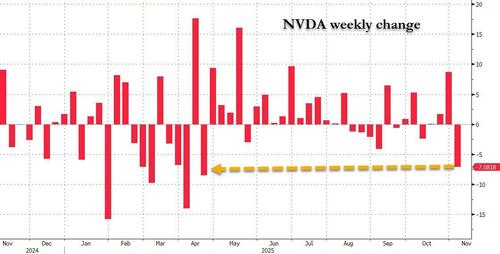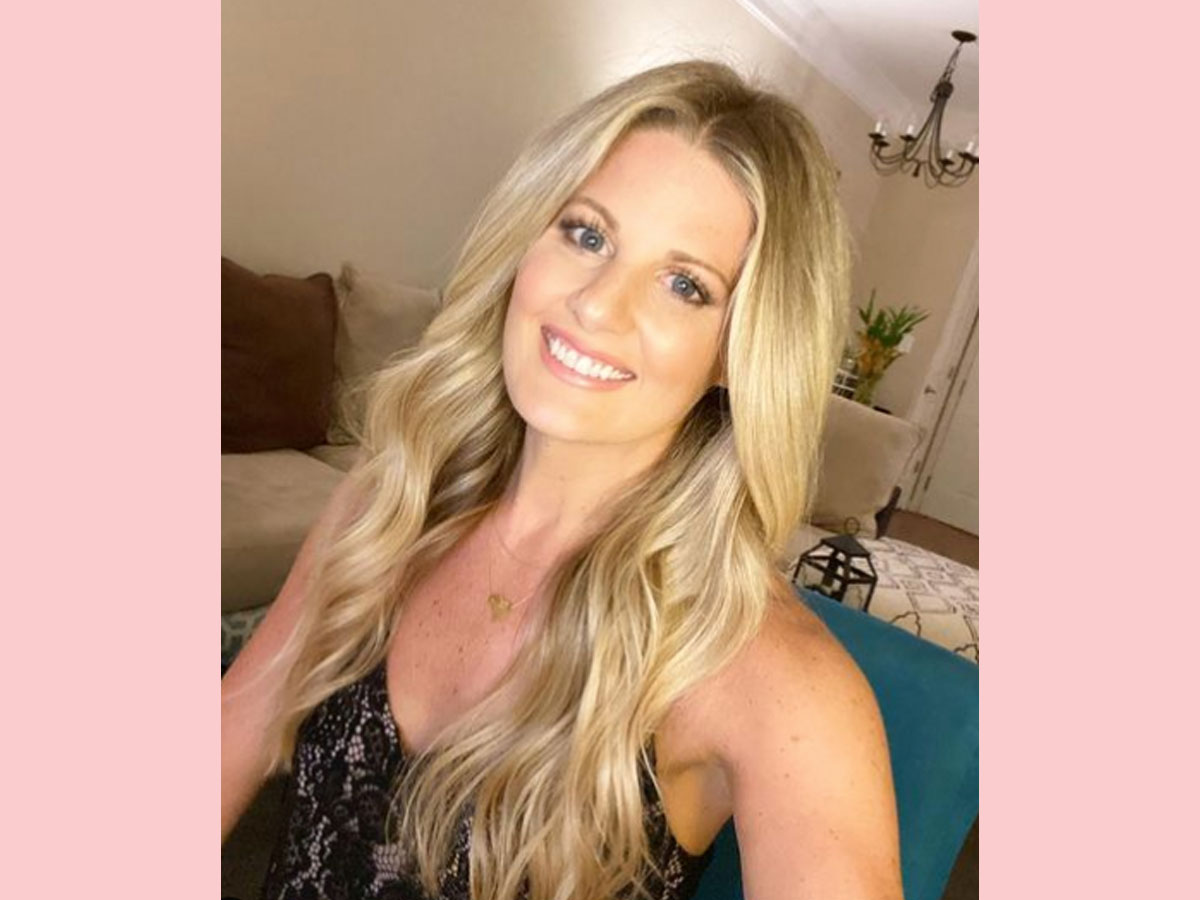Mayor Adams was right to veto the How Many Stops Act, and now the City Council must vote to uphold that veto.
I can see how many council members didn’t fully understand what they were signing onto when they approved this bill.
I was an assistant district attorney for 42 years, and I had to read it several times to really appreciate this bill’s practical impact and harmful effects.
WHAT POLICE WILL HAVE TO REPORT
The act would require, among other things, that police officers fill out a form every time they speak to a witness or possible witness to a crime.
If the officer approaches someone on the street and asks if he or she saw anything in relation to a crime, the officer has to fill out a form.
We are not talking about “stops” in the traditional sense, where police detain a person. Those are already covered by another mandatory police report, commonly known as the stop-and-frisk report, which has been around for decades.
The new bill requires reporting when the officer approaches people on the street and asks them questions for any “law enforcement or investigative purpose.”
Yes, as supporters say, it doesn’t require a form if the officer just says “Hello” or “How ya doin’?” But pretty much anything else to do with investigating crime, community policing, conditions in the neighborhood, or fears people in the community might have will require a form.

Think about it. Every time there is a serious crime in a neighborhood, the police do a “canvass,” knocking on doors and asking people in the street if they saw or heard anything.
An officer doing a canvass can talk to dozens of people in just a few hours but may only get relevant information from one, if any. Under this bill every interview, productive or not, will require a form.
The officer must either stop to fill out the form during his interview or take notes on the race, gender, age of the person interviewed, the reason for this particular interview, the circumstances that led to it, whether the encounter was based on a radio run, information from another police officer, witness or other and whether a summons was issued, force used or arrest made to complete the form later.
If a patrol car responds to the scene of a shooting and the officers start asking people on the scene if they saw anything, the officer must fill out a form for every person questioned, even if they don’t answer.
A police officer saying good morning to a storekeeper would not trigger a report (it’s deemed a “casual conversation”), but if the officer knows the store owner’s business had been burglarized and asks her if she has any information about the burglary, the officer has to fill out the form even if the owner has no new information.
And every subsequent time the officer asks the owner anything related to the burglary requires a new form.
If the officer greets a mother pushing her baby carriage and asks how she’s doing, God forbid she tells him her car was stolen because the officer must fill out a form.
If the officer walks up to a woman walking alone on a dark, deserted street at 2 a.m. (he has a credible reason to approach — her safety) and asks if she’s safe, the officer must fill out a form.
Conversations with confidential informants about crimes in the neighborhood? Fill out a form.
In all these examples, the people being questioned are not being detained in any way.
They are free to walk away from the officer at any time and refuse to answer questions, yet a form is still required.
LOST PATROL TIME
Public Advocate Jumaane Williams’ claim that the form only takes seconds to fill out is almost laughable.
There is not a police-department-generated form on God’s green Earth that takes seconds to fill out. But let’s assume for argument’s sake the form takes one minute to complete.
There are about 30,000 uniformed police officers, detectives and sergeants who are most likely to interact with the public.
If just half of them fill out only one form a day, and it takes one minute to complete, that is 15,000 minutes — or 250 hours of police time wasted each day.
If it takes two minutes, 500 hours; three minutes. 750 hours. Each day.
In the recent capture of the serial stabber in Queens, the police interviewed more than 1,000 people.
Every one of those interviews would result in a How Many Stops form being filled out in addition to the regular police reports.
That’s 1,000 forms — 1,000 minutes of police time, or almost 17 hours, filling out a meaningless form. And that’s on just one investigation.
DEPARTMENT MORALE
The effects of this nonsense are predictable. After a while the officer will waste time filling out the form, not complete the form (becoming subject to disciplinary action) or, even worse, stop asking questions. None are good.
You cannot underestimate the harm that will be done to police morale for so little benefit.
It is one thing to require officers to fill out a report every time they detain or frisk someone, as they must do now.
But requiring these forms to be completed on so many investigative — and initially social — interactions with the people of this city is so demeaning, especially when you’re doing it because you believe your police force is racist.
You ask them to run toward danger and risk their lives and safety every day, and then you treat them this way? How do you think those police officers feel?
And when does the officer complete this form? While on patrol? Back at the stationhouse? As they are filling out their retirement papers?
DISCOVERY PROBLEMS
Another very serious fly in the ointment is whether these forms are discoverable under New York’s discovery statute. When an officer interviews a witness and gets a statement, besides filing a police report detailing the statement, he must also file a How Many Stops form.
Because that form contains information on why the officer stopped that witness, the prosecution may need to turn it over to the defense in the case.
The form therefore may have to be connected to both the crime being investigated and the witness being interviewed when the officer completes it so it can be retrieved for trial.
That would require more data to be entered on the form to connect it to the case.
But I am sure the City Council got a legal opinion on this before requiring additional NYPD paperwork.
REDUCTION IN STOPS
So what exactly is this bill’s purpose? What is it trying to accomplish? Some background: In 2011, under the Bloomberg administration, the NYPD made a total of 684,330 stops.
By 2022 (the last full year of available statistics), the NYPD made 15,102 stops, a 97.8% drop. The number of stops has remained between 9,000 and 15,000 since at least 2017. (It was at its lowest in decades in the aftermath of COVID in 2020 and 2021.) What is the problem?
Proponents claim they have to determine whether police are racially profiling the people they stop. Really? They can look at the stop-and-frisk data right now for that information.
It is true blacks are stopped at a higher rate than their percentage of the city’s population. Blacks are 24% of the city’s population and 58.7% of the stops. But 58.6% of violent-crime victims describe the person who victimized them as black.
In other words, cops are stopping blacks at almost precisely the rate at which victims describe their attacker, which is exactly what you’d expect.
The same is true of almost every racial and ethnic group in the city. Hispanics are described as suspects in 30.8% of cases, and they are 29.7% of police stops. Asians are described as suspects in 4.4% of cases and are 3.1% of the stops.
The only group stopped at a higher rate than their violent-crime rate is whites — 6% of suspects, 7.1% of the stops.
MINORITY VICTIMS
If City Council members want to know the racial breakdown of police interviews, they don’t need another form. They can readily find it on the NYPD website in the victimization numbers.
Here they are: In 2022 (the latest NYPD full-year numbers), 95.2% of interviews police officers had with shooting victims were with black or Hispanic victims, as were 88.9% of interviews with the families of murder victims, 72.3% of rape victims, 68.7% of robbery victims and 78% of felony-assault victims.
Blacks and Hispanics are overwhelmingly the victims of crime in New York City, and crime is far more prevalent in poorer minority communities.
That is why the cops interview minorities more frequently.
At some point, this city’s managers must decide whose side they are on.
Activists are tearing down the greatest police department in the country for ideological reasons alone.
Their prior “reforms” — cashless bail, Raise the Age, discovery and parole changes — have deepened the city’s crime crisis. Then there are the people of this city suffering from the effects of rising crime.
Whose side are you on?
The problem is not our majority-minority police officers victimizing minority communities (almost 60% of the NYPD patrol force is minority).
The problem is minority communities being disproportionately victimized by crime. The sooner the council realizes that, the sooner we can begin reclaiming the city.
Kudos to the mayor for vetoing this bill. Now it is up to the City Council to vote to uphold it.
The mayor needs just two members to change votes to uphold his veto. Will they have the courage to defy their leader and do what is right for this city? I hope so, and I am sure New Yorkers will remember who didn’t.
Jim Quinn was executive district attorney in the Queens DA’s Office, where he served for 42 years.















